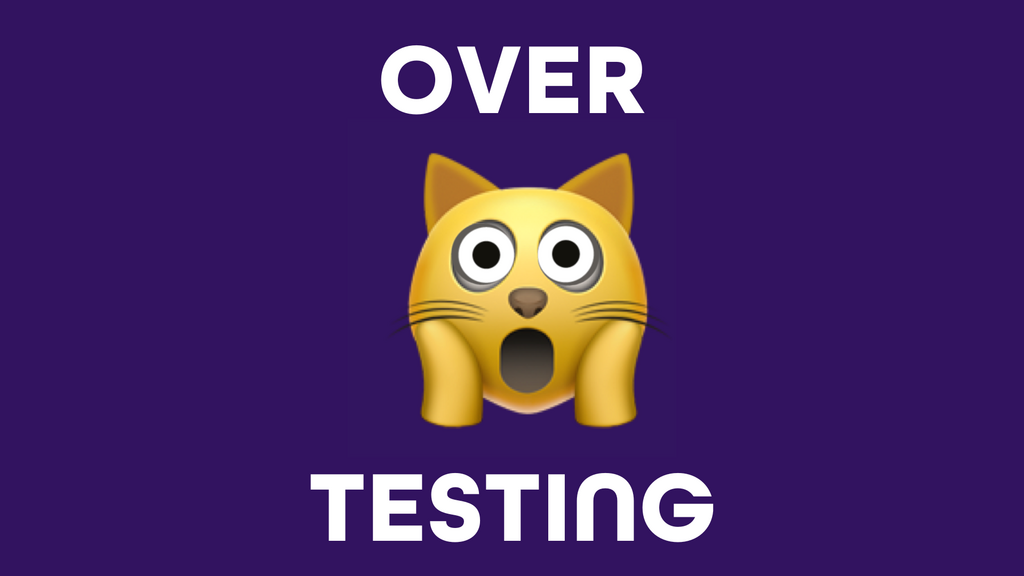Over-testing happens when the same functionality or area of a system is tested far more than necessary without adding any new value. It usually occurs when tests are duplicated, when coverage overlaps too much, or when teams focus heavily on low-risk areas while neglecting higher-risk ones.
This can slow down the testing process, increase execution time, and make maintenance of test suites harder. In automation, over-testing is often seen in having multiple scripts performing the same checks in slightly different ways. In manual testing, it can appear as repeatedly running scenarios that do not provide fresh insights.
Avoiding over-testing is not about reducing quality but about making testing smarter. By aligning test efforts with risk, prioritising critical paths, and reviewing test suites regularly, teams can focus their energy where it truly matters and keep testing both efficient and meaningful.
This can slow down the testing process, increase execution time, and make maintenance of test suites harder. In automation, over-testing is often seen in having multiple scripts performing the same checks in slightly different ways. In manual testing, it can appear as repeatedly running scenarios that do not provide fresh insights.
Avoiding over-testing is not about reducing quality but about making testing smarter. By aligning test efforts with risk, prioritising critical paths, and reviewing test suites regularly, teams can focus their energy where it truly matters and keep testing both efficient and meaningful.




